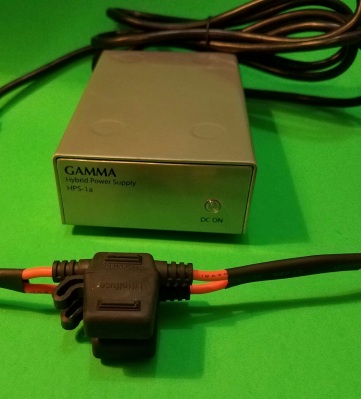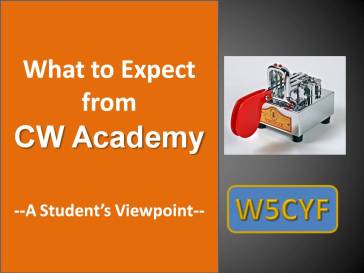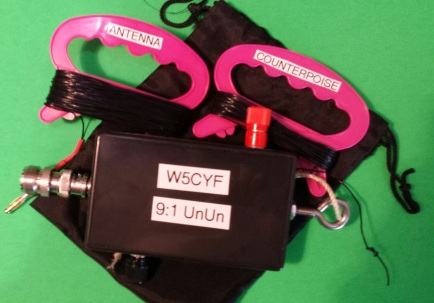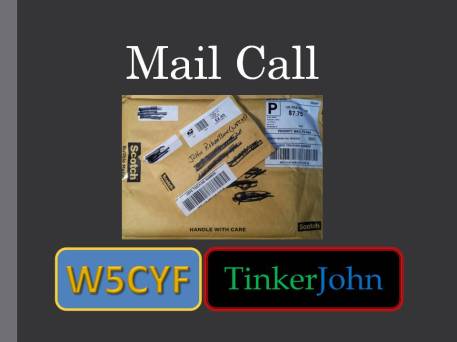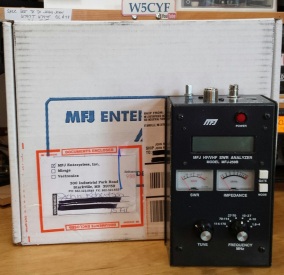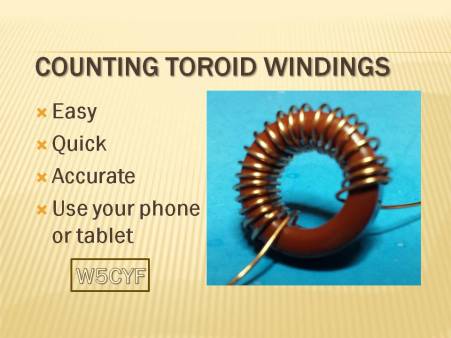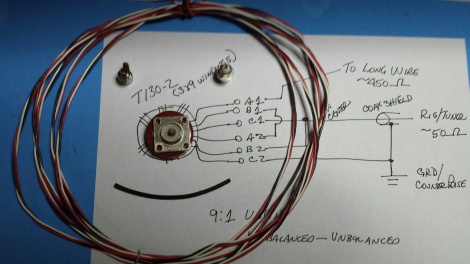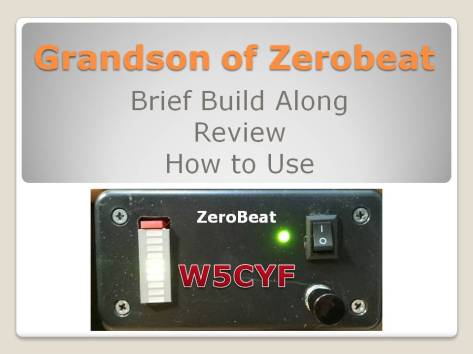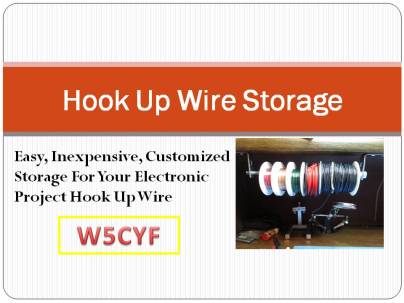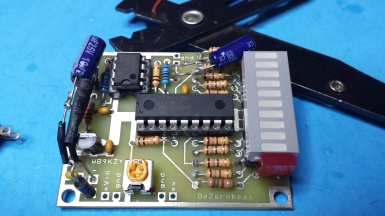My brother, Wil, who is also ham radio operator AI4QT sent over a couple of Gamma Research Power Supplies for me to experiment with and use. This power supply is amazing considering its small size. In fact, the footprint is less than a QSL card yet has enough power to run a 100-watt transceiver. Click on the link to the video for a review and see how it was adapted to use Powerpoles for DC output. I plan to use this little guy for a month or so of portable use then give a review on its field performance.
Click her to view YouTube Video
Hope to meet you on the air soon.
73 de John/W5CYF
For more interesting videos concerning ham radio, Morse code, kit building and QRP Portable operations, check out my YouTube Channel: http://www.youtube.com/user/johnrob281?feature=mhee
